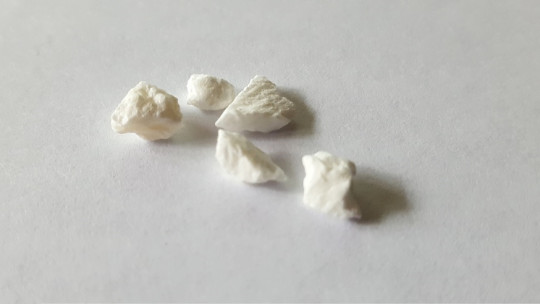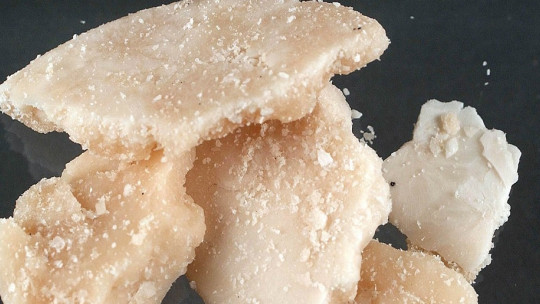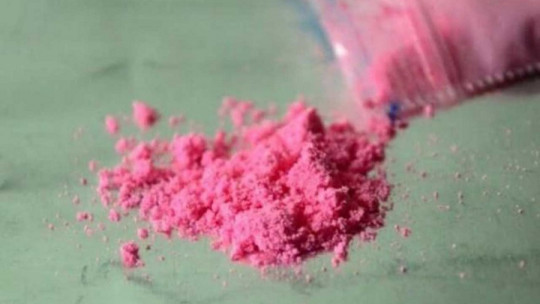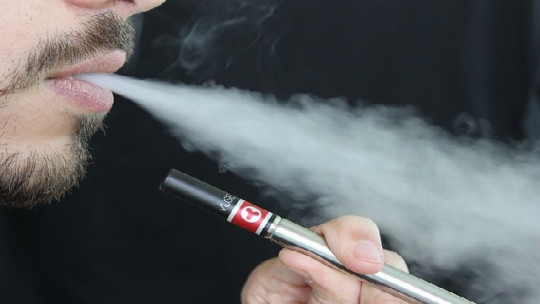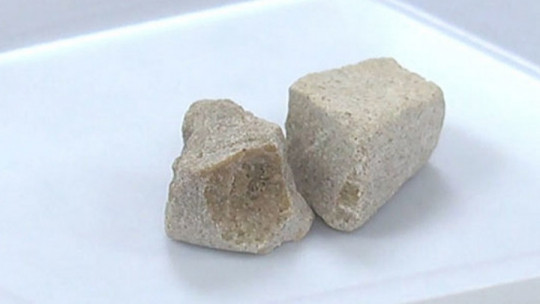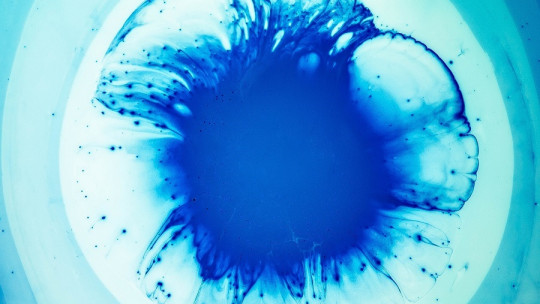Crack is one of the most consumed drugs in the world, but that does not make it a less dangerous substance. In fact, its properties and the way in which it is absorbed by the body and transmitted to the nervous system quickly means that the risk of using it is very high.
In this article We will see what the typical psychological effects of crack are and what can happen after consumption.
What is crack?
The drugs used today are the result of complex manufacturing processes that take advantage of technological advances in the synthesis and manipulation of substances at the molecular level; That is why drugs that are very similar or that are essentially the same can present very different appearances and consumer properties. This is the case of crack, which is one of the formats in which cocaine is presented a psychoactive substance that stands out among other things for being one of the most consumed drugs in the world.
Unlike the “classic” and more famous version of cocaine, crack is not consumed by air (making the famous “cocaine stripes”, but rather it is smoked. Its consistency is that of a compact although fragile mineral, forming a type of sandy crystals or stones.This is the result of boiling sodium bicarbonate and cocaine hydrochloride, which causes the water to evaporate and the crystals remain stuck together.
As we will see, the danger of crack is greater than that of powder cocaine, and sociologically its consumption is more linked to the lower classes.
Psychological effects associated with crack consumption
These are the ways in which consuming crack gives rise to psychological alterations
1. State of euphoria
As is often the case with stimulant drugs such as cocaine, crack leads the user to a state of euphoria similar to the mania of bipolar disorder. They are more extraverted, but also more prone to aggressiveness
2. Sensitivity to stimuli
People who use crack They are especially reactive to any stimulus that leads them to perceive that something has changed in themselves or around them For example, a change in lighting, an unidentified sound… They react excessively to events to which they normally would not have paid attention.
3. Delusion of parasitosis
Although it does not occur in all cases, it is very common for a phenomenon known as delusion of parasitosis to appear: the person has the sensation that there are parasites or elements under their skin that produce a strange and distressing tactile experience. This experience is fueled by the fact that the person is in a state of “alert” due to the stimulant effects of crack.
4. Insomnia
People who have been using crack have trouble sleeping due to their relatively high level of nervous activation. At the moment of trying to fall asleep, rumination appears, the tendency to turn over the same idea many times, or to lose control of the flow of thought, which accelerates, leading to a state of anxiety.
5. Paranoia
Crack is also associated with thoughts of paranoia, causing the person who has consumed this drug to go very quickly from a state of great extraversion to a defensive attitude when believing that someone may pose a danger to you
6. The effects are very fast
One of the distinctive characteristics of crack compared to powder cocaine is that its effects appear very quickly. This happens because when smoked, This substance reaches the brain before Therefore, the “impact” on the nervous system is greater, and entails a greater risk of death due to poisoning.
Are you looking for therapeutic support to overcome drug use problems?
If you are looking for treatment for a health problem related to the use of psychoactive substances, contact us. In CITA Clinics We specialize precisely in caring for people with addiction and drug abuse problems, an area in which we have many years of experience. Our team is made up of health professionals in charge of providing therapy in both the detoxification phase and the rehabilitation and reintegration phase, and we also have a fully equipped residential module full of activities, for short, medium and long-term admissions. term.

